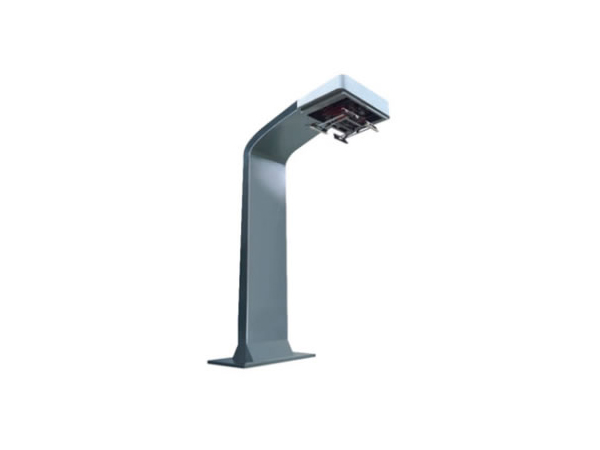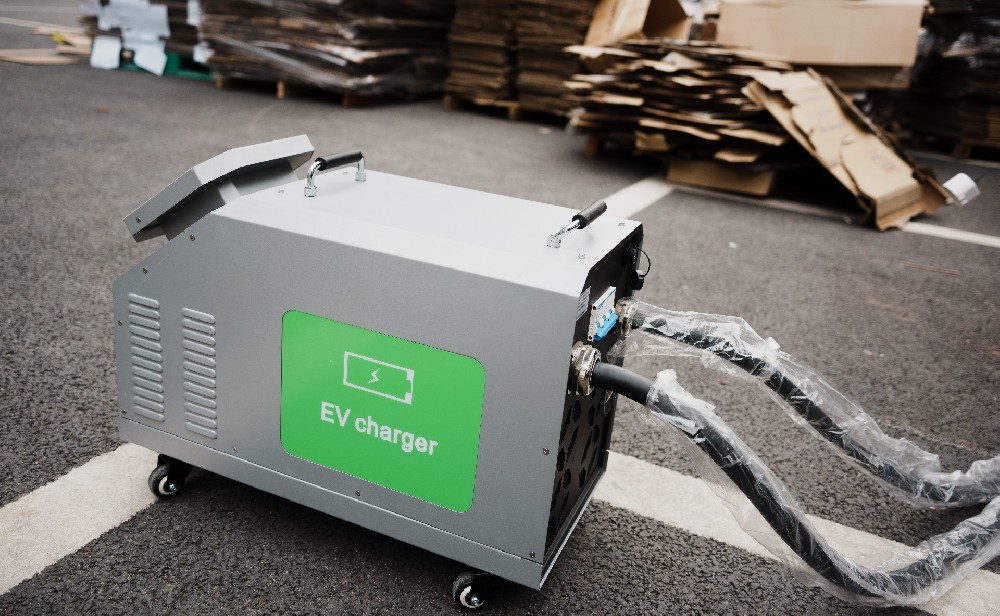-
13822183778@139.com
-
13822183778
portable electric charger explanation of AC and DC charging stations
Electric vehicle charging stations can be categorized into two types: AC charging stations and DC charging stations.
AC charging, also known as slow charging, is a well-established technology. It has a relatively simple structure, making it easy to install and cost-effective. This method uses standard voltage with low power, resulting in a slower charging speed of approximately 5-8 hours. It is commonly installed in residential parking lots.

When opting for fast charging, DC charging technology must be employed. This technology and its associated equipment are more complex compared to AC charging stations, leading to higher manufacturing and installation costs. DC charging stations operate at higher voltages with greater power output, enabling faster charging speeds. They cater to customers with higher demands for charging efficiency, with market charging times ranging from 0.5 to 2 hours.
Currently, the market share ratio between AC and DC charging stations stands at 6:4. The entry barriers for充电桩 are relatively low, resulting in numerous new companies entering the market in recent years. There are over 300 companies involved in the production of charging station equipment in China.
The charging module is the primary component of a charging station, accounting for 45% to 55% of the hardware costs of a新能源汽车充电桩. The first task of the charging module is to convert AC to DC for charging the battery.
The IGBT power switch is a critical component of the charging module, playing a vital role in power conversion and transmission during the charging process. It represents over 20% of the charging module's cost.
 How long does it take to charge ···
How long does it take to charge ···
 DC Fast Charging CCS type 2 plug
DC Fast Charging CCS type 2 plug
 The high-voltage and high-curren···
The high-voltage and high-curren···


